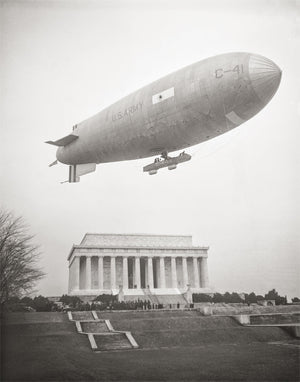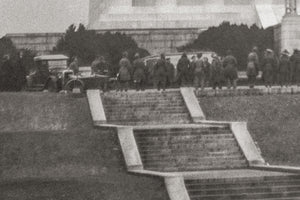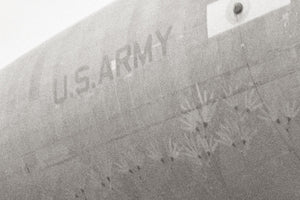Your Cart is Empty
Free and Fast Shipping | 30 Day Money Back Guarantee






A US Army Blimp flying over the Lincoln Memorial, 1930s.
During the 1930s, blimps played a significant role in aviation and military operations. These airships, characterized by their large and elongated structures filled with gas, captivated the imagination of people around the world. Blimps were primarily utilized for various purposes, including transportation, exploration, surveillance, and advertising.
In the 1930s, blimps were commonly employed by the military for reconnaissance missions and aerial surveillance. The United States Army, in particular, relied on blimps to monitor vast territories, detect potential threats, and gather intelligence. Equipped with observation decks and advanced technology of the time, these airships provided an advantageous aerial vantage point, enabling military personnel to monitor activities on the ground from above.
Despite their popularity and utility, blimps faced challenges with the onset of World War II and the subsequent advancements in aviation technology. The rise of faster and more maneuverable aircraft, such as airplanes and helicopters, gradually diminished the prominence of blimps in military and civilian operations. However, their legacy and unique presence during the 1930s remain an intriguing chapter in the history of aviation.